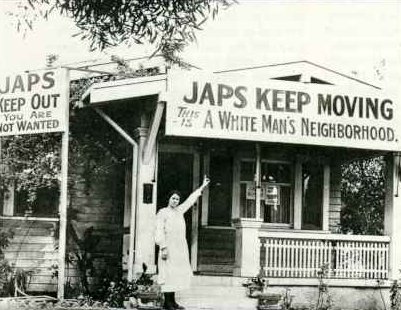Diversity is any kind of variety that makes our world a better place.
Michelangelo is considered to be among the greatest artists ever produced by Western Civilization. His most famous work is his portrayal of 50 scenes and figures which he painted across the enormous ceiling surface of the Sistine Chapel in Rome. He was born this week, in Tuscany, Italy, in 1475.
Michelangelo lived at a time when apprenticeships were a common form of education and training. Michelangelo himself began his series of apprenticeships at the age of 13. At their most basic level, apprenticeships involve learning a skill from an expert.
In our modern world, apprenticeships have been replaced by schooling. However, it is still important to honor and appreciate the kind of learning that is transmitted directly from one person to another. Re-building an engine, knitting blankets, raising horses. When you take the time to learn specialized skills like these from someone, you are tapping into one of the oldest forms of learning—just like Michelangelo centuries ago.
Remember, you don’t have to travel as far as Tuscany, Italy to find diversity. There are hundreds of opportunities to celebrate diversity right here at your own school. Find one today!



